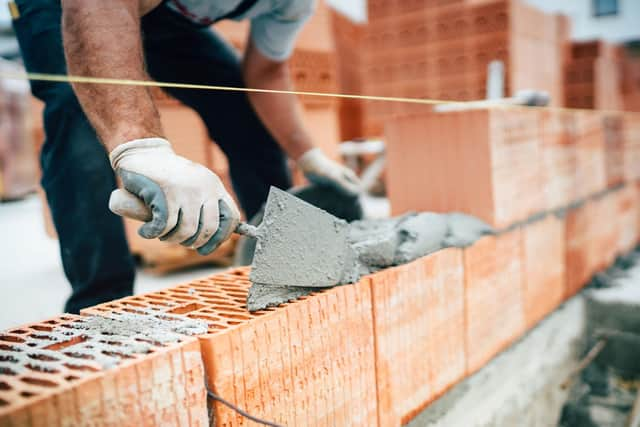Paving the way to carbon neutrality in our buildings - Rob West


The success of this common goal requires the cooperation of nations, communities and the businesses that operate within them from the very start. Buildings, transportation, renewable energy sources, as well as industrial activities, are all part of this bottom-up approach.
As the world grapples with the challenges posed by climate change, the importance of sustainable building practices cannot be overstated. According to the World Green Building Council (WorldGBC), buildings are currently responsible for 39 per cent of global energy-related carbon emissions: 28 per cent from operational emissions, from energy needed to heat, cool and power them, and the remaining 11 per cent from materials and construction. That is a significant percentage and one for which real estate investors and professionals hold ultimate responsibility, alongside national governments which should equip them with the necessary incentives and regulations to create buildings that are environmentally responsible, energy-efficient and have a minimal negative impact on their surroundings. Sustainability should therefore always be the starting point for decisions when it comes to real estate development, and while it is relatively easy to make new buildings sustainable, there is a significant benefit to retrofitting existing stock. As the American architect, Carl Elefante, famously said: ‘the greenest building is the one that already exists’, so the starting point should be to increase the energy efficiency of existing stock to minimise the life cycle carbon consumption.
Advertisement
Hide AdAdvertisement
Hide AdWith Scotland setting a new standard for future developments, this should encourage the industry to embrace sustainable practices and contribute to Scotland’s overall carbon neutrality goals. Not least because supply of sustainable office accommodation is restricted in all the country’s great cities. That is why we are excited to be redeveloping 150 St Vincent St in Glasgow, which will see the building given a much-needed design upgrade, extend to 150,000 sq ft and deliver Glasgow’s first carbon neutral office covering the entire lifecycle of the building.


Scotland is crying out for Grade A stock that meets all the Building Research Establishment Environmental Assessment Methodology (BREEAM) and carbon-neutral requirements that the Scottish Government is requiring from 2030.The cynics will claim that it is simply too costly to pursue on such a large scale, but they are gravely mistaken. They simply cannot afford not to do it.
Scotland’s resources, expertise and high ambition towards a low-carbon economy make it an attractive location for investments. We are well positioned in Scotland to take advantage of the opportunity now to invest in low carbon infrastructure, benefiting not only the climate, but also economic progress and social welfare.
The country already has significantly more low-carbon investment planned than the global base case. Developers and investors alike must ensure that they are not left behind.
Comments
Want to join the conversation? Please or to comment on this article.